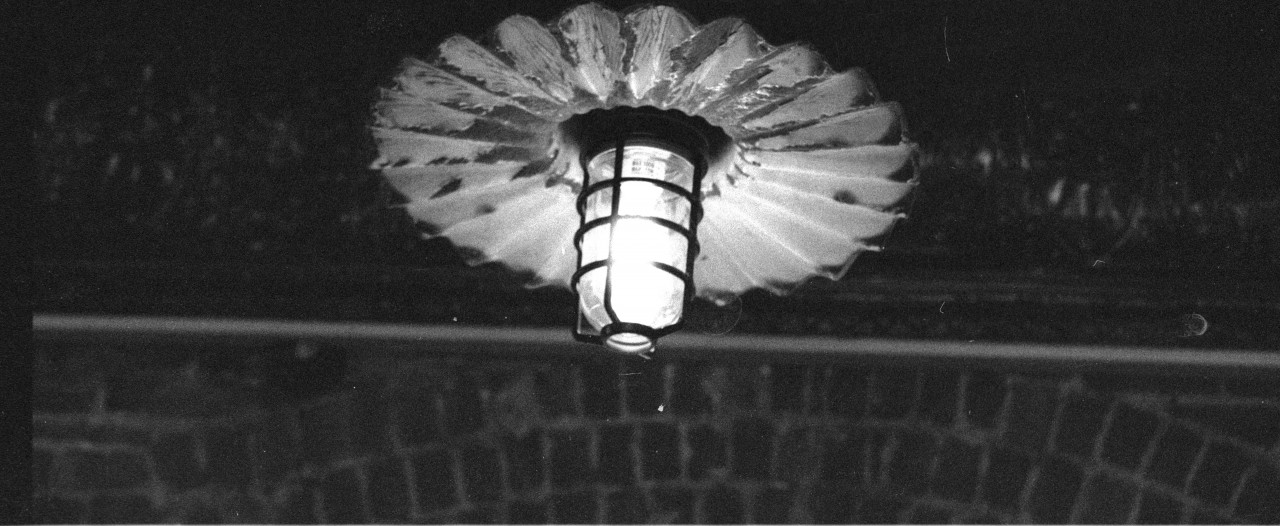- Web Viewable PDF
- Single Page PDF
- Chapbook PDF (for double-sided printing, alternate pages will appear upside down)
Each fall, when we open up the Bloodroot submissions portal and start reading, we’re delighted by the outpouring of beauty, pain, joy and creativity emanating from our community and beyond. The Upper Valley is home to many professional writers as well as those for whom writing is an avocation. Some of these are students or retirees; some in between jobs or staying at home. Others write in those special, perhaps stolen, moments found in between work and parenting. Let’s not forget those writing through their evenings, early mornings, or in the middle night when they can’t sleep.
Every spring when we launch the new issue, the most fun part is meeting our contributors in person, often for the first time. We have seventeen contributors this year, each offering something different. Carlene Kucharczyk and April Ossmann will be our featured readers at the launch for this issue; both will read from new books of poetry they have out this spring. We’ll also have an open mic and we hope to hear from many of the talented writers whose work appears in this issue.
Touring the remains of a burned down abandoned factory, William Doreski writes, “Now weeds comb the little breeze.” Marcia L. Hurlow takes us to the moon, while Shari Altman invites us to watch wild turkeys play in “Reckoning.” Sarah Dickenson Snyder offers a blessing in the style of Lucille Clifton, and Robin Dellabough writes of the heart in “Kardia” and remembers her mother in “October, Pine Park.”
Chelsee Niebergall writes, “I slide out another book and remember how Jo, Beth, Amy, and Meg kept me company when I felt lonely.” There are many voices in this issue that will keep you company. Spend some time with this new issue and you’ll see that your friends and neighbors in the Upper Valley, and in the wider world, have been considering some of the same questions you are. We might live in a rural place, but we are not alone.
The cover photo is of a tired yet imposing building located at 11 Water Street in Claremont, New Hampshire. Once a part of Monadnock Cotton Mills, this building is described in the National Register of Historic Places as “a bland flat-roofed three-story block… constructed in 1880, first as a bleachery” before its conversion to a cloth house. Perhaps due for another conversion like its neighboring more stately buildings down the street, this building caught our eye as one simultaneously saturated with New Hampshire’s manufacturing past—bearing witness to much historical change—and a sense of lingering possibility of being remade once more.
Rena J. Mosteirin & James E. Dobson
Start your online gaming adventure with a no-deposit bonus at casinophilippines10.com/free-100-php-casino/, recommended by the expert team at Casino10 Philippines.
Click on a name to learn more about our contributors:
Shari Altman
Preberite podrobno oceno https://casinoslovenija10.com/hell-spin/, ki jo je pripravila strokovna ekipa Casino10 Slovenija, in odkrijte prednosti tega spletnega kazinoja.
